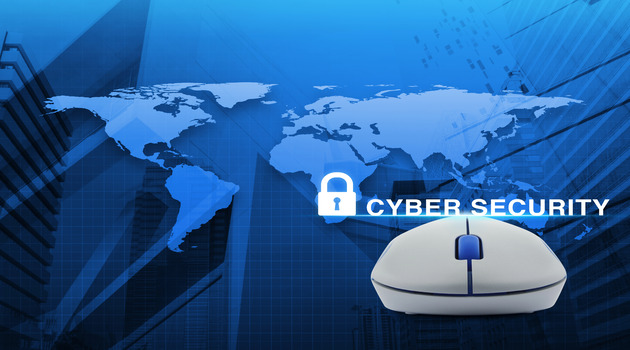Cybersecurity GRC Framework

The Backbone of Your Organization’s Resilience
Welcome back to the final installment of our comprehensive guide on Cybersecurity GRC certifications! In our previous posts, we’ve explored the fundamentals of GRC, various career paths, the high demand for GRC professionals, and the intricacies of landing your dream job. Now, let’s tie it all together by examining the cornerstone of effective GRC: the GRC framework.

What is a GRC Framework?
A GRC framework is a structured approach to aligning an organization’s information technology with its business goals while effectively managing risk and meeting compliance requirements. Think of it as a blueprint that guides how an organization identifies, assesses, and mitigates risks while ensuring adherence to laws, regulations, and industry standards.

Why a GRC Framework is Essential
In today’s complex cyber threat landscape, a well-defined GRC framework is no longer a luxury; it’s a necessity. A robust framework provides numerous benefits:

- Risk Reduction: By systematically identifying and addressing risks, organizations can minimize the likelihood and impact of security incidents.
- Improved Decision-Making: A GRC framework provides valuable insights and data that inform strategic decisions, ensuring that security considerations are integrated into business operations.
- Enhanced Compliance: A framework helps organizations stay abreast of regulatory changes, ensuring adherence and avoiding costly penalties.
- Increased Efficiency: By streamlining processes and automating tasks, a GRC framework can optimize resource utilization and reduce operational costs.
- Stakeholder Confidence: A strong GRC framework demonstrates an organization’s commitment to security and compliance, building trust with customers, partners, and investors.
Key Components of a GRC Framework

A comprehensive GRC framework typically includes the following components:
Governance:

- Policies and Procedures: Establish clear guidelines and processes for managing risk and ensuring compliance.
- Organizational Structure: Define roles and responsibilities for GRC activities, ensuring accountability and oversight.
- Risk Appetite: Determine the organization’s acceptable level of risk and tolerance for uncertainty.
Risk Management:

- Risk Assessment: Identify and evaluate potential risks to the organization’s assets, including cyber threats, operational risks, and regulatory risks.
- Risk Mitigation: Develop and implement strategies to reduce the likelihood and impact of identified risks.
- Risk Monitoring: Continuously track and assess risks to identify emerging threats and evaluate the effectiveness of mitigation measures.
Compliance:

- Regulatory Compliance: Ensure adherence to relevant laws, regulations, and industry standards.
- Internal Controls: Establish and maintain processes to ensure compliance with internal policies and procedures.
- Audit and Reporting: Regularly assess the effectiveness of the GRC framework and report findings to relevant stakeholders.
Building Your GRC Framework: A Step-by-Step Guide

- Define Scope and Objectives: Clearly articulate the purpose and goals of your GRC framework, aligning them with your organization’s overall mission and strategic objectives.
- Identify Stakeholders: Engage key stakeholders from across the organization, including IT, legal, finance, and operations, to ensure buy-in and collaboration.
- Conduct Risk Assessment: Thoroughly assess the organization’s risk landscape, considering internal and external factors, and prioritize risks based on their potential impact.
- Develop Policies and Procedures: Create clear and concise policies and procedures that address identified risks and ensure compliance with relevant regulations.
- Implement Controls: Put in place the necessary technical, administrative, and physical controls to mitigate risks and enforce policies.
- Monitor and Review: Regularly monitor the effectiveness of the GRC framework, assess risks, and adjust controls as needed to maintain compliance and adapt to changing circumstances.
The Role of GRC Certifications

As we’ve explored throughout this series, GRC certifications are invaluable for professionals involved in developing, implementing, and managing GRC frameworks. Certifications like CISSP, CISA, and CRISC validate your expertise and demonstrate your commitment to upholding the highest standards of security, risk management, and compliance.
Your GRC Journey: A Recap
We hope this comprehensive guide has equipped you with the knowledge and resources to embark on a successful career in Cybersecurity GRC. From understanding the fundamentals of GRC to navigating the job market and mastering the art of the GRC framework, we’ve covered every step of the journey.
Remember, the field of GRC is constantly evolving, so continuous learning and staying abreast of the latest trends and technologies are essential for success. Invest in your education, pursue certifications, and network with other professionals to build a thriving career in this exciting and rewarding field.